ARA is a consumer-centric technology. It provides marketers with insights into a crucial aspect of their operations, key to brands’ decisions about OOH advertising communication.
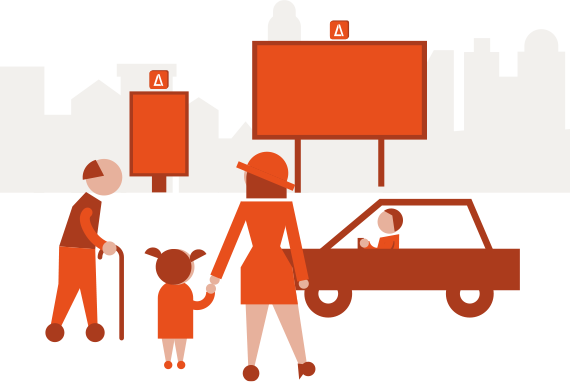



We focus on insights about digital OOH campaign audiences.
We use and develop advanced analytics tools: a network of sensors, computer vision, anonymous video analysis, and blindsight—delivering carefully measured data. We ensure accuracy, transparency, and privacy protection. We provide you with precisely calculated value.
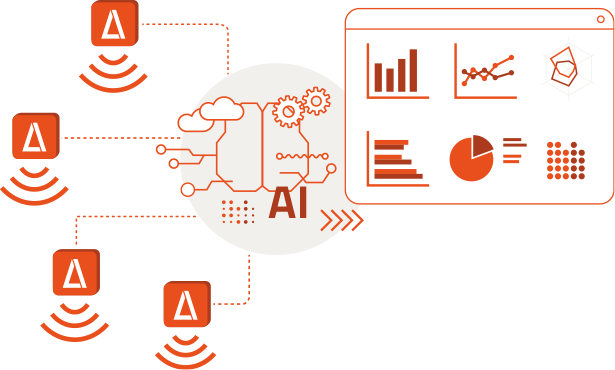
BLINDSIGHT AND DATA SECURITY
ARA’s technology is based on the concept of blindsight.
Blindsight is a term borrowed from medical science, describing a state where someone can perceive a stimulus, recognize its features, and even verbally describe it, yet remain convinced they see nothing. In ARA’s technology, blindsight means gathering useful data without ever recording an image. ARA uses devices that instantly anonymize the data before it’s passed on for further analysis.
Thanks to blindsight, data is collected in a manner that guarantees privacy in accordance with GDPR regulations. A recognizable image is never recorded at any stage!

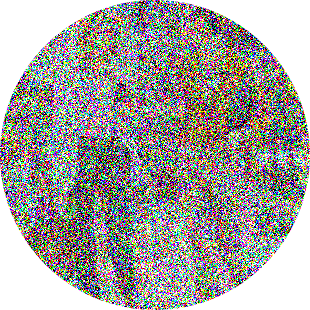
People quantity: 2
Women: 2
Men: 0
Average age: 30
- People quantity: 2
- Women: 2
- Men: 0
- Average age: 30
ARA SENSOR
The ARA Sensor is a measurement device connected to a central system that aggregates data from streets and other out-of-home locations. These sensors are installed in DOOH screens or other forms of digital communication media.
Each ARA Sensor operates within a 10-meter range of the display, covering a 150-degree arc. Its performance depends primarily on ambient light conditions, including the weather. Physically, the sensors make it possible to determine attributes such as the number of people/objects, screen contact time, gender, and age. The collected results are then aggregated and made available for further analysis.
It’s worth noting that as technology advances, these measurement devices are continuously
improved, expanding their potential for data aggregation and analysis.
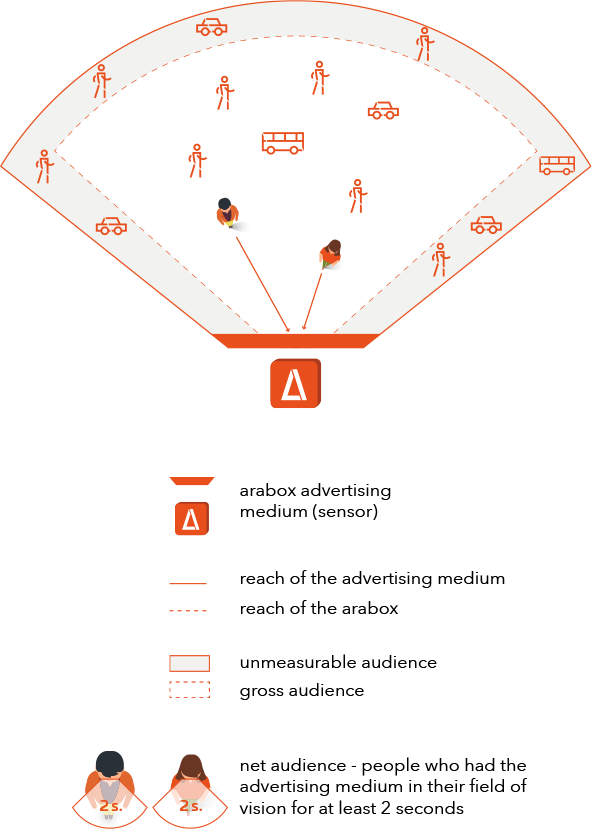
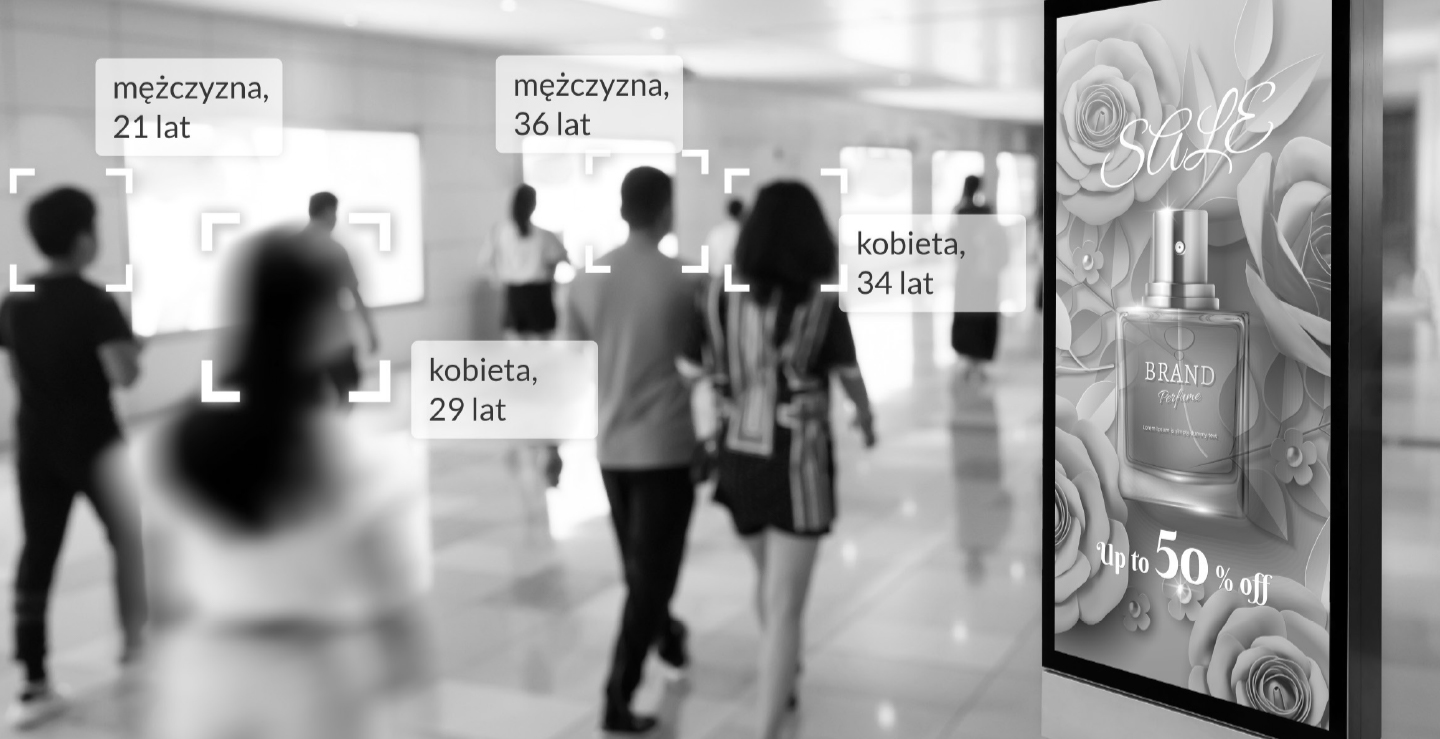
FUNKCJONALNOŚCI I POTENCJAŁ
Digital OOH networks have long recognized the power of this communication tool.
With insights from ARA.tech, you can engage your ad audiences even more effectively and design your campaigns better. Discover what ARA can do and let’s talk about how you can use it in your company. We’re constantly evolving and will soon add new, useful features for your business. Stay tuned
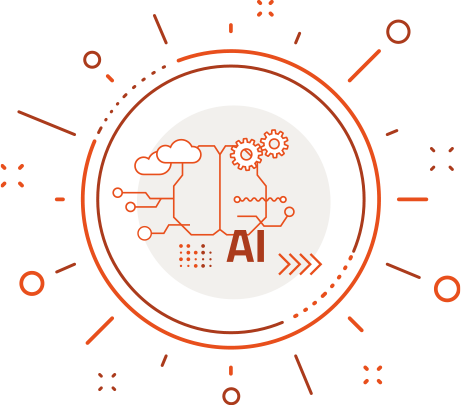











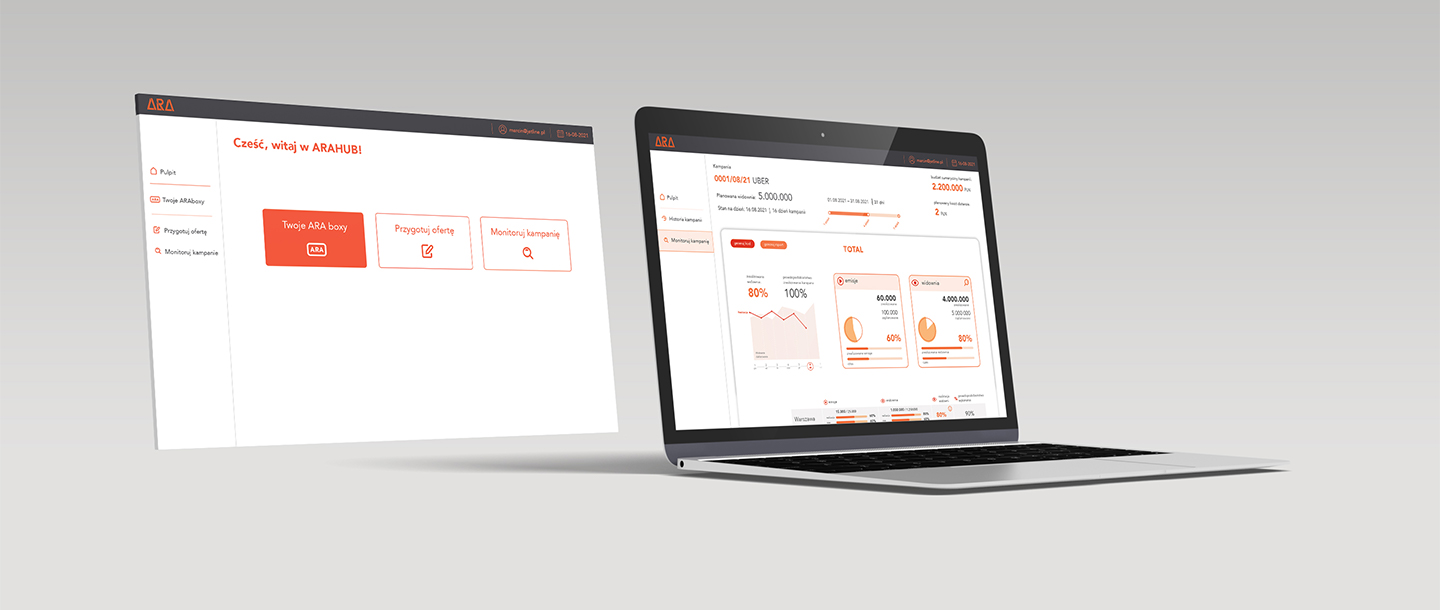
AREAS OF APPLICATION
ARA is all about people.
Wherever you want to learn more about how people move around out of
home, you can rely on ARA sensors for audience counting. ARA technology is used by:
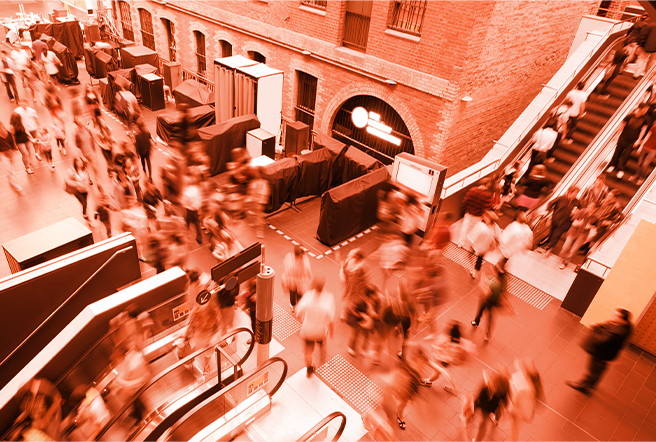
- digital OOH media providers and owners
- advertisers
- media houses
- agencies and research houses
- retail networks
- technology companies
DATA RELIABILITY
The reliability of ARA sensors and the effectiveness of ARA’s algorithm in counting people is as high as a95% during the day and 93% at night.
The growing popularity of OOH digital communication drives an increasing demand for
technologies that monitor its effectiveness and audience reactions. The algorithms and concepts underlying ARA’s technology are being researched by a team of scientists from the AGH University of Science and Technology in Kraków. In 2021, a study was conducted on pedestrian traffic near 18 locations at various times of day, under different weather conditions, and with varying distances between the sensor and the area of pedestrian movement. The purpose of the study was to compare the quality of the algorithm-based counting with traditional, manual observation by researchers
The study confirmed that the total number of pedestrians detected by ARA sensors differs only slightly from the numbers observed and counted manually by researchers—regardless of whether the study took place during the day or at night.


